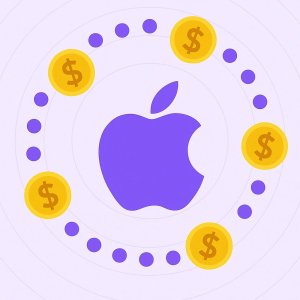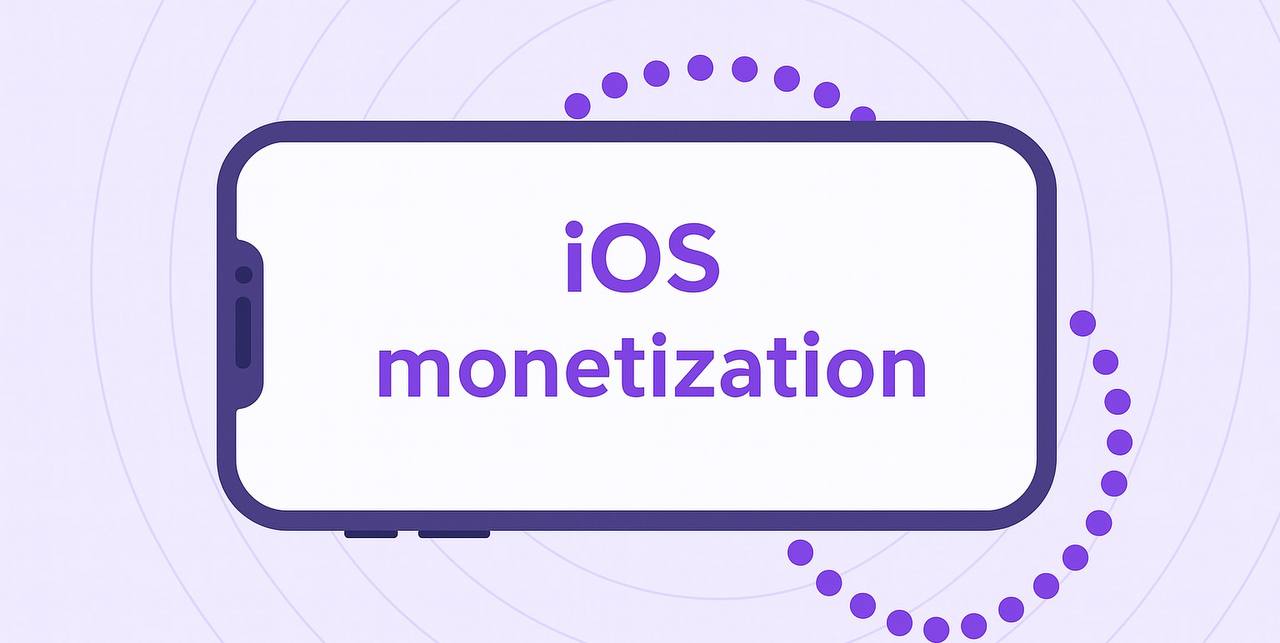Evolution of Monetization Metrics: RPM, ARPDAU, eCPM, LTV
Traditional banner ad RPM hits may seem attractive at first glance, with average numbers around $2.50–3.00 per thousand impressions. However, data from Business of Apps suggests that visible ads significantly impact user perception, increasing churn by 5–10% over a quarter. Even AppsFlyer has documented that developers investing in hybrid strategies—combining IAP, ads, and subscriptions—consistently outperform single-revenue-model apps in ARPDAU and LTV stats (Business of Apps, AppsFlyer Reports).
Peer-to-business SDKs raise the bar. Their average eCPM ranges from $4 to $6, and although they present no user-visible assets, the subtle data exchange still generates consistent revenue. User retention remains high, with under 1% additional churn, as documented by case studies across Windows and macOS deployments. Sub-ID analytics further deliver robust LTV insights—power-user segments see LTV figures bumping over $0.40 from pre-SDK averages of $0.10 within just a few weeks of deployment.

Integrating Paddle + RevenueCat alongside Infatica SDK
Paddle and RevenueCat share synergy in enabling external payments while maintaining native subscription flows.
Paddle’s merchant-of-record structure manages tax, VAT, and developer liability, offloading complex SKUs. RevenueCat provides native iOS SDKs, analytics, and entitlements management, allowing devs to bypass StoreKit limitations (RevenueCat Docs).
Infatica SDK complements this stack by quietly delivering background revenue from every user session. The distinction is clear: payments are user-driven and visible, whereas SDK income is passive. For strategists with a focus on LTV, this hybrid approach creates resilience. AppsFlyer notes that apps using subscription‑plus‑SDK earn roughly 30% more lifetime revenue than subscription-only offerings.
7‑Step Monetization Journey
The recommended workflow begins with profiling the user base—device types, session behavior, and platform preferences. Empirical benchmarks such as RPM rates, churn metrics, and eCPM data should form the foundation. Once Paddle and RevenueCat are integrated for payments and entitlements, Infatica SDK can be embedded across supported platforms, complete with Sub-ID logic and consent screens.
Next comes rigorous performance testing. Every commit should confirm less than 1% CPU usage and minimal memory impact—around 1.5 MB. Analytics must include cohort-based ARPDAU, churn tracking, and LTV measurements via tools like Firebase, Amplitude, or RevenueCat’s analytics. Hybrid scenarios—SDK+banner, SDK+subscription, or SDK-only—should be petitioned through A/B testing campaigns, with ongoing optimization informed by resulting data.
When metrics stabilize and inflection points are clear, scale across other platforms including Windows, macOS, and browser extensions. As EU policy continues to evolve, compliance reviews should be revisited throughout this journey.
Case Study: Puzzle Game Extension + iOS Companion
A popular puzzle title running in-browser with a 50k DAU audience implemented banner ads through iAd-like inventory. RPM averaged ~2.80 USD, but churn rose to nearly 8%. Four weeks after embedding Infatica SDK and rolling out iOS external subscriptions via Paddle + RevenueCat, the game’s ARPDAU jumped to $0.05 while churn stabilized around +1%. The backend recorded eCPM of $5.3, and SDK revenue accrued $55,000 over three months. Sub-ID cohorts placed power-user LTV at over $0.45—an uplift more than quadruple from prior figures. Scaling to 150k DAU suggested projected annual revenue above $110,000, without negative effects on retention or UX.
These results mirror findings from AppDevelopers Magazine, which emphasizes hybrid and silent models outperforming traditional strategies in terms of retention, LTV, and sustainable ARPDAU gains (App Developer Magazine).
Complying with 2025 iOS Store and App Ecosystem Rules
Post-DMA, App Store policies require declaration of external payment systems, entitlements reporting, complete with “scare sheet” warnings and consent flows. Data handling now requires opt-out and deletion options per GDPR and CCPA. SDKs must remain background-first, imposing minimal CPU/memory footprints. While paddle metadata must include 10–17% fee disclosures in the EU, Infatica SDK avoids triggering GDPR risk zones by remaining invisible to end users (Paddle Announcement).
Frequently Asked Questions
Will Infatica drain battery? No. Empirical device profiling confirms <1% CPU and negligible thermal footprint.
Can subscription flows and SDK coincide? Absolutely. They feed into different revenue sources and can reinforce overall LTV.
Why not banners only? Banners introduce churn and policy pitfalls—not ideal when retention is critical. SDKs offer an unobtrusive alternative.
Is Sub-ID privacy safe? Sub-IDs are pseudonymized and explicitly consented, fully compliant with GDPR/CCPA.
Conclusion: The New Face of iOS Monetization
By weaving external payment systems (Paddle + RevenueCat) with peer‑to‑business SDK, developers navigate the 2025 iOS monetization landscape with agility. This hybrid design yields superior RPM and ARPDAU, lower churn, better LTV, and seamless compliance. As AppStore dynamics evolve, combining visible purchase options with silent SDK monetization positions developers for sustainable growth.Across-device impact is intentional and silent—creating an ecosystem where ios monetization does not compromise user experience.
Learn more about Infatica SDK: silent, compliant, cross-platform. 👉 Get SDK details or Contact us to start integrating.
